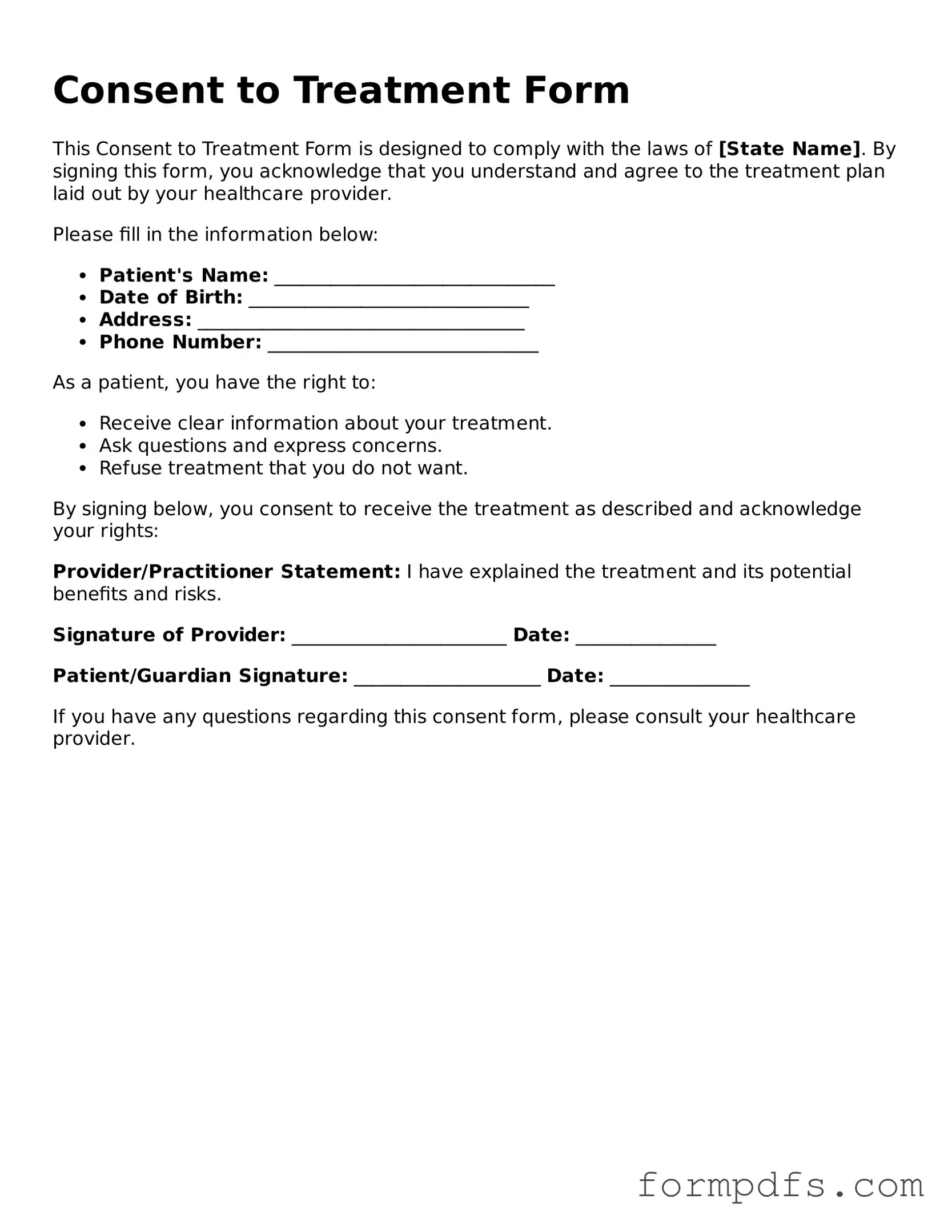What is a consent form?
A consent form is a document that individuals sign to indicate their agreement to participate in a specific activity or to allow the use of their personal information. This can include medical treatments, research studies, or even the use of images and videos. The purpose of the form is to ensure that individuals are fully informed about what they are consenting to and that they understand their rights.
Why is a consent form important?
Consent forms are crucial because they protect both the individual and the organization conducting the activity. They ensure that individuals are aware of the risks involved and the potential benefits. By signing the form, individuals confirm that they have received all necessary information and that they agree to participate voluntarily. This helps to establish trust and transparency between parties.
Who needs to sign a consent form?
Generally, anyone participating in an activity that requires consent should sign a consent form. This includes participants in clinical trials, patients undergoing medical procedures, and individuals featured in photographs or videos for promotional purposes. If a participant is a minor, a parent or legal guardian typically needs to provide consent on their behalf.
What information should be included in a consent form?
A well-crafted consent form should include several key elements. These typically consist of a clear description of the activity, the potential risks and benefits, the duration of participation, and the rights of the participant. Additionally, it should outline how personal information will be used and protected, as well as any compensation or costs involved. Clarity and transparency are essential to ensure participants understand what they are agreeing to.
Can a consent form be revoked?
Yes, individuals have the right to revoke their consent at any time. If someone decides they no longer wish to participate in an activity or allow the use of their information, they should communicate this decision to the organization involved. It is important for organizations to have a process in place for handling such revocations, ensuring that participants feel comfortable exercising their rights.
What happens if a consent form is not signed?
If a consent form is not signed, the individual may not be allowed to participate in the activity. Organizations typically require consent to protect themselves legally and to ensure that participants are aware of what they are agreeing to. Without a signed consent form, there may be legal implications, and the organization could be held liable for any issues that arise during the activity.
